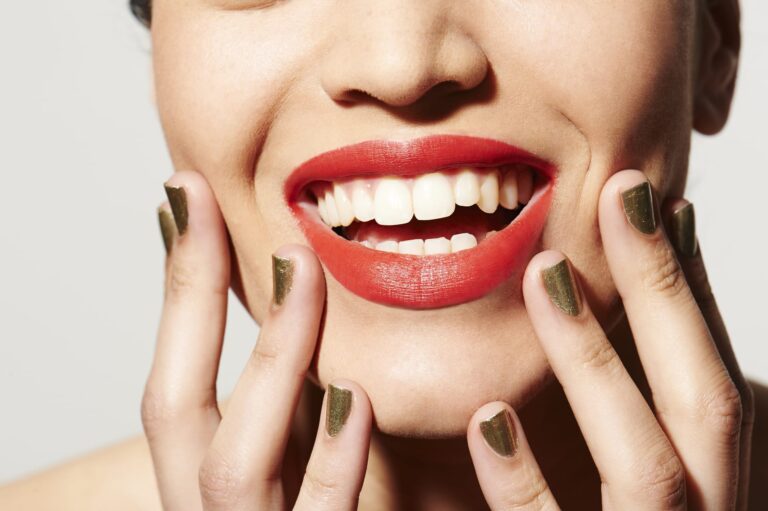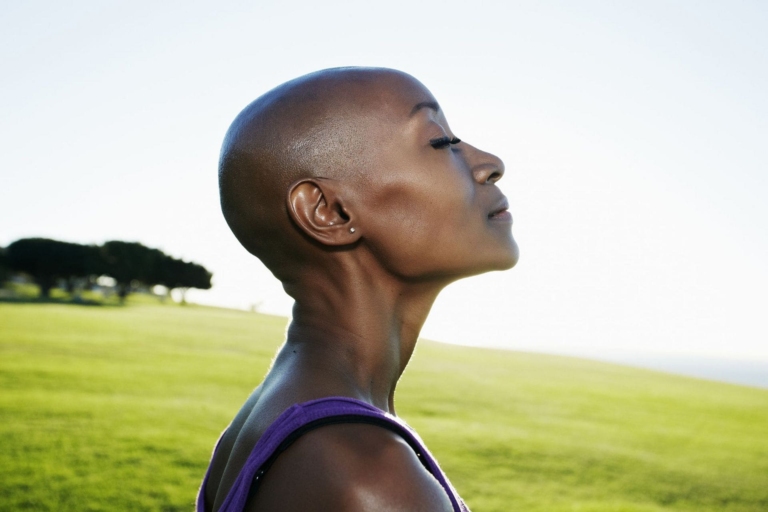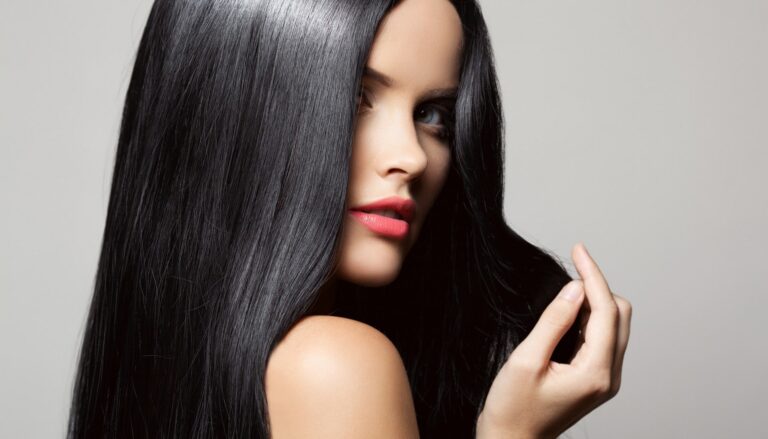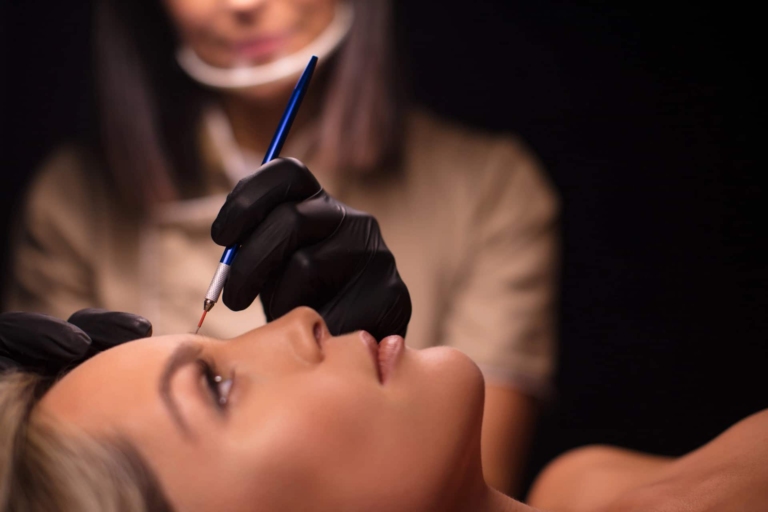Argan oil and its benefits
Argan oil is known as the elixir of youth.
It cares for, nourishes and regenerates the skin, protecting it from wrinkles.
How do I use argan oil for my face and apply it to my hair?
What beauty care products should I use it for?
Argan oil is known as Morocco’s liquid gold, because it plays such an important role for the inhabitants of this North African country.
Argania spinosa, or argan tree, grows exclusively in south-west Morocco, in limestone and semi-arid areas.
It provides food for the people who live there, and is a valuable source of firewood.
It is estimated that there are around 21 million trees of life in this region.
This thorny evergreen species is on UNESCO’s list of protected biospheres.
Argan oil is extracted from the fruit of the argan tree, which looks a little like the fruit of the olive tree, or more precisely from the shelled seeds.
Natives call it ardjan, Moroccan gold or Berber almond.
Argan oil is characterized by a delicate nutty fragrance and an orange color.
For a long time, it was difficult to obtain outside the region where it was extracted.
Argan oil traditionally obtained by the Moroccan people is tasty and edible, but has a shelf life of only 6 months.
Cold-pressed or industrially extracted argan oil, on the other hand, can only be used in the cosmetics and pharmaceutical industries, and has a best-before date of 2 years.
Interest in argan oil for cosmetics has grown.
The oil was first exported to America, then established in Europe as a valuable ingredient in cosmetics and medical products.

Argan oil for your hair
Argan oil for hair not only has a positive effect on the appearance of the hairstyle, but also improves the condition of the scalp.
It strengthens the roots and thus accelerates hair growth, making it stronger and healthier.
Recommended for very porous hair, it smoothes hair, closes cuticles and prevents frizz and split ends.
It combats hair aging by preventing breakage and dulling.
It also helps combat dandruff by moisturizing dry scalp.
It can be used as part of your daily hair care routine and to oil your hair.
Protects against the harmful effects of the sun
Argan oil increases hair’s nutritional content, strengthens it and protects it from the damaging effects of the sun.
It also moisturizes and rebuilds hair, making it smooth and shiny, preventing split ends and protecting it from excessive blow-drying, flat-ironing and the sun.
Argan oil can be used as a conditioner, applied to wet hair from the mid-lengths upwards and rinsed thoroughly after a few minutes, so as not to leave it on the hair.
To moisturize and nourish hair, argan oil should be applied to the hair overnight and washed out with a mild shampoo in the morning.
Repeat this treatment every 5 to 7 days.
To make hair soft, shiny and manageable, argan oil should be applied to hair immediately after washing, while it is still damp.
If you want to start oiling your hair regularly, whether with argan oil or any other oil, it’s important to know the basics.
Otherwise, you risk weighing down your hair and achieving the opposite effect.
If you want immediate softening and moisturizing effects, you can leave argan oil on your hair for just 15 minutes.
If this is your goal, a good method is to combine it with your favorite mask or conditioner.
This works for all hair types.
Apply the mixture to your hair, wrap your head in aluminum foil and a towel or wear a cap.
After fifteen minutes, rinse your hair with fairly warm water.
The softening and smoothing effect is immediately visible.
How to use argan oil on your hair?
You can apply it to the ends of your hair to prevent split ends and tame unruly strands.
Simply spread a small amount of oil on your fingertips and rub into wet or dry ends.
Argan oil is also used to oil hair.
Before shampooing, rub the oil into your hair, starting about 3 cm from the roots to the ends.
Wait half an hour, then shampoo as usual.
This treatment will leave your hair moisturized, smoother and shinier.
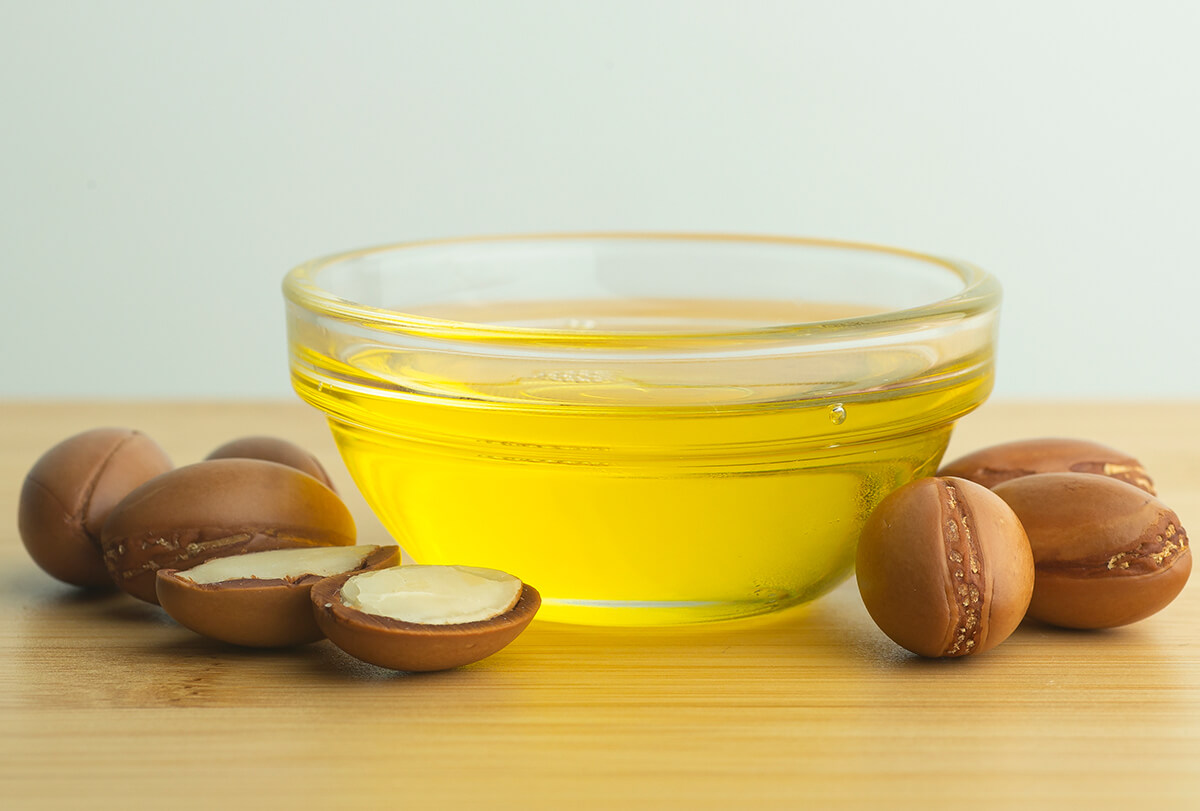
What are the properties of argan oil?
Obtained by the indigenous populations of Morocco, argan oil has found applications in the cosmetics, pharmaceutical and food industries thanks to its valuable nutritional and antioxidant properties.
Year after year, interest in argan oil for hair and body care continues to grow.
This is hardly surprising, since the natural ingredients it contains help to combat the signs of premature skin ageing.
Its main components are:
Unsaturated fatty acids, mainly oleic and linoleic acids with traces of linolenic acid, as well as free fatty acids, which have a positive effect on the condition of hair and scalp.
By supplementing deficiencies in fatty compounds, they ensure skin hydration and cell renewal.
Vitamin E, responsible for improving skin elasticity and hydration carotenoids, polyphenols and phytosterols, i.e. antioxidants that protect against free radicals and solar radiation.
This combination gives argan oil properties that improve skin condition.
Not only does it care for, nourish and regenerate the skin, it also protects it from the adverse external conditions of UV rays and atmospheric pollution.
It prevents irritation caused by prolonged sunbathing.
It can also be used for nail and hair care.
It is particularly recommended for very porous hair.
Argan oil for your face
Argan oil is a popular natural cosmetic that replaces many face creams, anti-wrinkle eye serums and other beauty products.
Because it stimulates intracellular respiration and rebuilds the skin’s hydrolipidic mantle, argan oil is recommended for dry, tired skin or skin showing signs of aging, although it can be used for most skin types.
What’s more, it has been proven to benefit oily skin by reducing sebum production!
Unless your doctor advises otherwise, argan oil for the face can be used to combat eczema, psoriasis and allergic lesions.
How to use argan oil?
The first step in oiling your hair is to assess its condition.
Why is this so important?
The condition of your hair determines how you should apply the oil.
Fine hair that absorbs oil well can have argan oil applied directly to dry hair.
On the other hand, hair that is unable to absorb the products must first be moistened with water before the treatment begins.
Argan oil is an ingredient in many face creams, body lotions and hair care products.
You can also use it in its pure form; check the price of argan oil.
Its advantage is rapid absorption, so it’s perfectly absorbed by the skin.
Before applying the pure product, thoroughly cleanse your skin of impurities and make-up.
Then apply 3 to 4 drops of argan oil to your face, patting gently until completely absorbed.
Firming massage, argan oil is a popular anti-cellulite treatment. Use it to massage the body in areas where you notice irregular, wavy “orange peel” skin.
Restorative bath: add a few milliliters of oil to the bath.
After a quarter of an hour, you’ll notice that your body is more hydrated and firmer.
No need to apply lotion.
Nail care, soak your nails in lightly heated argan oil for a few minutes.
You can also rub it directly onto the nail bed.
Foot care: soak your feet in a bowl of water with argan oil to moisturize and regenerate cracked heels.
For neck, décolleté and chest care, argan oil is recommended for areas of the body where there is a thinner layer of adipose tissue, as it protects the lipid mantle and prevents the skin from drying out and thus the premature appearance of wrinkles.
Are there any contraindications to using argan oil?
Current data do not indicate any contraindications to the use of argan oil in cosmetics on the face, hair or nails.
It is important to ensure that it is of good quality and comes from a reliable source.
Of course, if you notice any allergy symptoms or other worrying signs, stop using the product and consult your doctor.
In addition, if you suffer from any medical condition, are undergoing treatment or are in the perioperative period, also ask your healthcare provider about the possibility of using argan oil.
Argan oil in cosmetics
Argan oil is recommended for sensitive, dry, mature and allergy-prone skin.
Argan oil nourishes and regenerates the skin, protecting it from premature aging and adverse external conditions.
It combats irritation caused by sunbathing and strengthens nails.
Neutralizes free radicals, protects connective tissue and rebuilds the skin’s hydrolipidic mantle, revitalizes and promotes cell renewal.
Thanks to its rapid, effective absorption, which makes skin smooth and supple, argan oil is used as an ingredient in cosmetics for damaged and mature skin, protective hand creams, body balms and eye creams.
It is also used in the manufacture of shampoos, soaps and aftershaves.
Argan oil is used for skin conditions such as psoriasis, atopic dermatitis, eczema and chickenpox.
It reduces scarring and evens out skin color.
Argan oil can be rubbed into nails to increase their resistance to breakage and make them harder, as well as moisturizing dry cuticles around the nails.
It is effective for the care of skin with cellulite, stretch marks and scars, making them less visible, stronger and more elastic.
Argan oil is recommended for pregnant women to rub into the skin of the abdomen, hips and thighs to prevent stretch marks.
Argan oil should be used with caution on patients suffering from acne vulgaris, rosacea and other skin problems associated with excessive sebum production.
Used in excess, it can overload acne-prone, oily and combination skin, leading to an exacerbation of the condition.
Properties of argan oil
Argan oil is one of the most expensive oils used in the cosmetics industry.
Despite this, the argan trade is flourishing and doing well.
Why are prices so high?
It’s dictated not only by the oil’s unique properties, but also by the way it’s extracted.
Morocco’s liquid gold requires a great deal of effort before it takes on its final form.
One argan tree harvested from around seven trees yields just one liter of final product!
Argan oil is extracted from the Argania ironica (Argania spinosa) tree, found only in the natural environment of Morocco and, to a certain extent, Algeria.
The argan forest is so unique that it has been placed under UNESCO protection.
The argan tree only begins to bear fruit suitable for processing when it is at least forty years old!
The tree itself is long-lived, with an estimated age of four hundred years.
The fruit of the argan tree, which is slightly larger than an olive, contains a nut, which in turn contains a maximum of three seeds.
It is from these seeds that argan oil is pressed.
But before being pressed, the fruit undergoes a long process that can only be described as the most environmentally-friendly possible.
The fruit of the argan tree is extremely difficult to process.
It takes a long time to clean, crush and press it.
Contains linoleic and oleic fatty acids
Argan oil owes its beneficial effects to its unique composition.
Its high glyceride content of up to 99% is extremely important.
These glycerides are mainly triglycerides, which include valuable linoleic and oleic fatty acids.
In addition to glycerides, the composition also includes carotenes, tocopherols, triterpenic alcohols, sterols and xanthophylls.
It is this composition that gives argan-based natural cosmetics such a broad spectrum of effects.
It is appreciated for its moisturizing, greasy and elastic effect on the skin.
In addition, it has regenerative and anti-inflammatory properties, perfectly soothing irritations.
It intensely reinforces the skin’s hydrolipidic barrier, making it particularly appreciated by those suffering from dermatological diseases.
It also regulates sebaceous gland activity.
It’s perfect for caring for all skin types, but argan emollient is particularly appreciated by people with dry, sensitive and inflexible skin.
Argan oil is also a precious ally in the fight for healthy, shiny hair, as millions of women around the world have discovered.
“One of my biggest dreams is that my company will be able to change the course of one family’s life, one child at a time by giving back to the community.”



